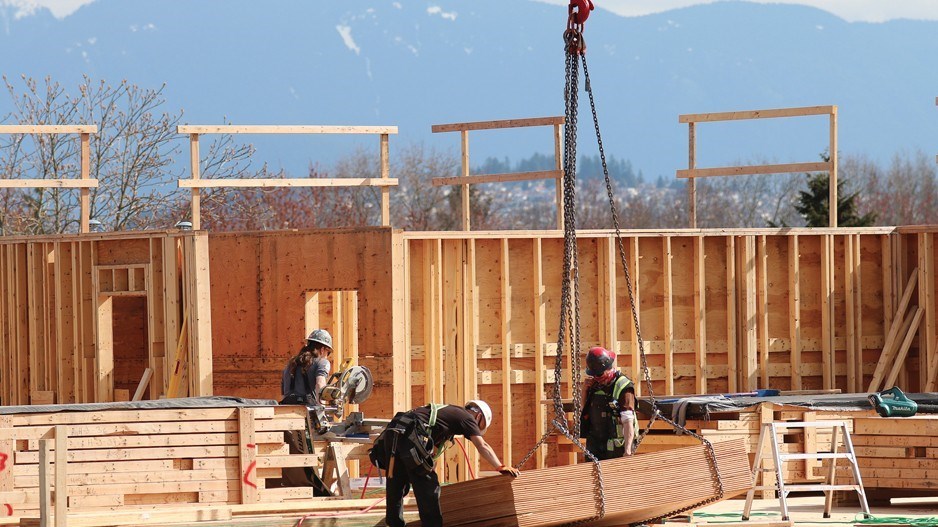Manufacturing sales in British Columbia fell for a third consecutive month in April, dipping 1.9 per cent to $5.2 billion. The decline was attributed to weaker sales in both durable goods, which fell 1.9 per cent to $2.8 billion, and non-durable goods, down two per cent to $2.4 billion. Year-to-date sales growth for manufacturing was pared to 1.8 per cent. These weaker sales aligned with tariff-induced reductions in exports to the U.S., which affected Canadian industry in April.
Within the durable goods sector, wood product manufacturing sales led the monthly decrease, falling sharply by 8.1 per cent, down $73.2 million. This marked the third consecutive monthly decline for the sector. Transportation equipment sales also saw a significant drop of 14.3 per cent, down $46.2 million, with motor vehicle parts specifically declining 17.3 per cent, down $8.3 million. Partially offsetting these losses, primary metal sales increased 12.0 per cent, up $42.3 million, and fabricated metal product sales rose 9.8 per cent, up $29.6 million. While data for most non-durable segments is suppressed for confidentiality, food manufacturing sales increased 0.9 per cent, up $9.2 million, in April. Year-over-year, unadjusted non-durable goods sales declined 5.7 per cent.
In the Vancouver metro area, overall manufacturing sales decreased 4.1 per cent, with durable goods industries sales falling 4.0 per cent and non-durable goods sales decreasing 4.2 per cent.
On the construction front, B.C. building permit issuances plunged 44.7 per cent in April to a seasonally adjusted $1.5 billion, following a 6.0 per cent increase in March. Compared to a year ago, building permits fell 49.4 per cent, reaching their lowest level since June 2024. Despite the monthly decline, permits are volatile, and year-to-date permit volumes in B.C. were 6.1 per cent higher than in the same period last year.
B.C.’s overall decline in permits was largely driven by the residential sector, which saw a 52.2 per cent drop in multiple dwelling building permits, down $837.4 million, following a large increase the previous month. April’s multi-dwelling permit level was less than half of what it was last April. Single dwelling building permits also decreased 7.8 per cent, down $19.8 million, and were 7.7 per cent below last April’s level. However, year-to-date residential permits were still 7.4 per cent higher than in the first four months of 2024.
B.C.’s non-residential sector also experienced a 41.5 per cent decrease in building permits in April, with widespread declines across categories. Institutional and governmental permits fell 47.4 per cent, down $158.2 million, while commercial building permits dropped 37.2 per cent, down $164.5 million. Industrial building permits also declined 40.2 per cent, down $18.3 million. Despite the monthly volatility, year-to-date permits in B.C.’s non-residential sector were still 3.3 per cent higher than in the same period last year.
Among B.C.’s metro areas, four of the seven reported lower permit volumes compared to March. Vancouver saw a notable monthly decline of 68.0 per cent, offsetting growth in some areas like Victoria, which experienced a 59.5 per cent jump in building permits in April.
The steep decline in B.C.’s April permits highlights a broader cooling in construction activity. Higher interest rates, elevated project costs, and softening housing market conditions, particularly in Metro Vancouver, continue to weigh on both residential and non-residential investment. While year-to-date volumes remained modestly above last year’s levels, the recent volatility and weakness point to a more cautious investment environment, with developers pausing or scaling back projects amid economic uncertainty and tighter financial conditions.
Bryan Yu is chief economist at Central 1.



